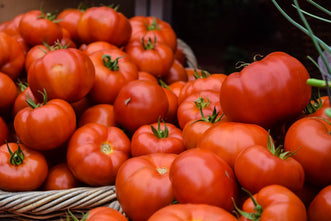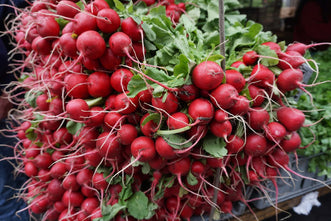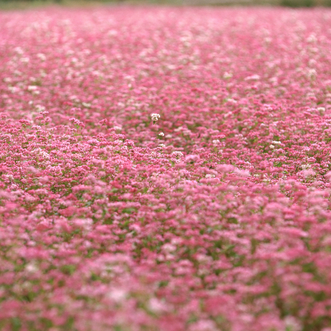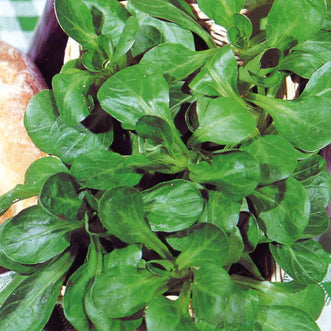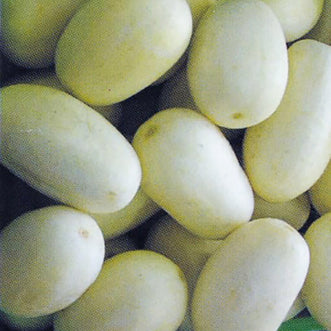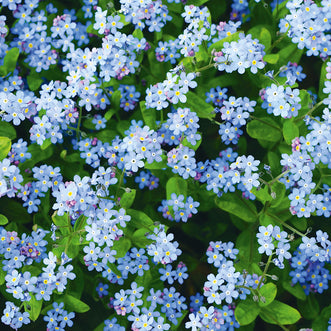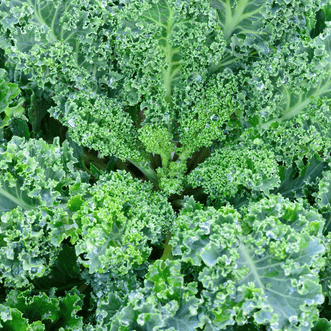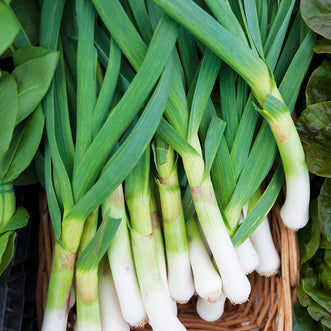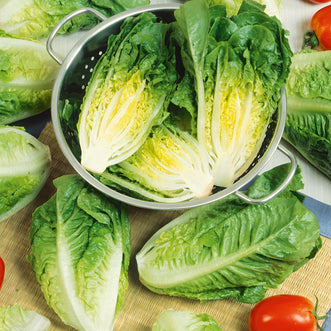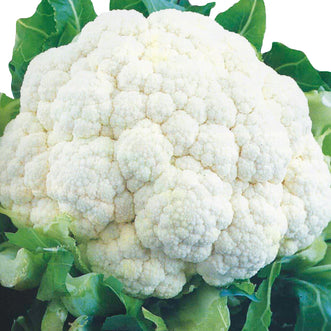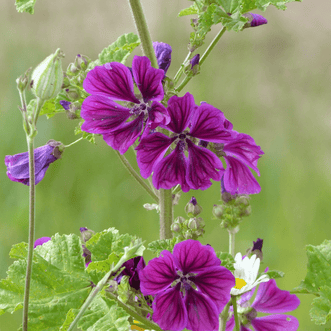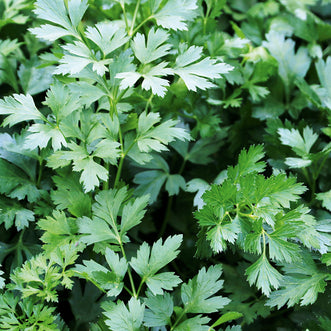Getting our Onions started

HAVE YOU GROWN ONIONS?
At this time of year there are really only two things I want to spend my time doing - messing around in the garden, and reading gardening books. Most of my messing around in the garden is a bit unproductive, because it involves peering closely at my seed trays to see if anything new has come up since I last checked. In the weekend, it is often only about half an hour since I last checked! The seedlings are like my babies - they get fawned and fussed over, moved to sunny spots, gently soaked in a water bath to keep them from drying out, brought back under cover of the porch roof at night..... when our little dog did a dance over them with this stick the other day he was a bit unpopular for twenty minutes or so!
The stars of the seedling show at the moment are definitely the onions (they were the first seeds sown this season). This year we have sown Italian Long Keeper, Shallots and Spring Onions. They were sown about a month ago, in mid-August, and are doing well. We'll plant them out in the garden when they are a bit bigger.
We've used all last season's red and white onions but we still have some shallots left. I'm a bit fan of shallots - they taste great, keep well and seem to be dead easy to grow! All we did last year was sow them and transplant them out into the garden when they got big enough to handle. Then in February we dried them out and had fun plaiting them and hanging them in the porch.
Whenever I want one for the kitchen, I just have to pop outside and pull one off the plait.
Shallots in particular are great to grow them in the garden, because they aren't always available to buy here.

We're hoping for a good crop again this year. We've grown them from sets (small bulbs, available from garden centres), in previous years but there isn't much excuse for buying those when you work at a seed company, so last year we planted seeds. We've sown them from seed again this year, but we still have enough shallots left for us to try planting the smaller outside cloves from last year's crop - I might try that too and compare the results. Just have to find the room.
This time of year it's always a balancing act between sowing-and-growing enthusiasm on the one hand, and practicality on the other. I supply the enthusiasm (wow, look at THIS tomato!!) and sow the seeds, and my other half does most of the hard labour and supplies the practicality. We've overflowed the back garden now and last weekend we started to dig up the front lawn.
If you are keen to grow onions, then you can sow onion seed now. Onions can be sown in Autumn or in Spring. If you live in the south or in colder climes, you might want to start your onions in Autumn to give them a bit of a head start. Onions can be sown directly or in seed trays. Sow them in shallow drills and thin them to about 5 - 10 cm apart. (If you have sown your onions in Autumn, thin them to about 2.5cm apart in Autumn and in then further thin them to about 5 - 10 cm apart in Spring.) It is good practise to remove all thinnings so that you don't encourage onion fly attack. When planting out seedlings, don't plant them too deep as this will encourage the onions to have "thick neck", which affects how long they will store. If your plants are too close together, you will get smaller onions. Give them enough room to grow.
Onions grow well in a rich, well-drained soil, which has had plenty of well rotted compost or manure added. Onions dislike acid soils so you may want to add lime if you think it necessary. Mulching them will conserve the soil moisture and help to slow down any weed growth. Shallots can be grown just like onions, although they grow more on the surface of the soil. They are fairly low maintenance.

Harvest them when the tops start to wither. Your onions and shallots can be left in the sun to dry for a few days. Make sure the air can pass through them - turn them a few times so they can dry evenly. You may have to do this undercover if they weather happens to be wet at harvest time. Put aside any onions that have thick necks for immediate use as they won't store well - choose undamaged onions with dry papery necks for long term storage, in a cool, dry place.


